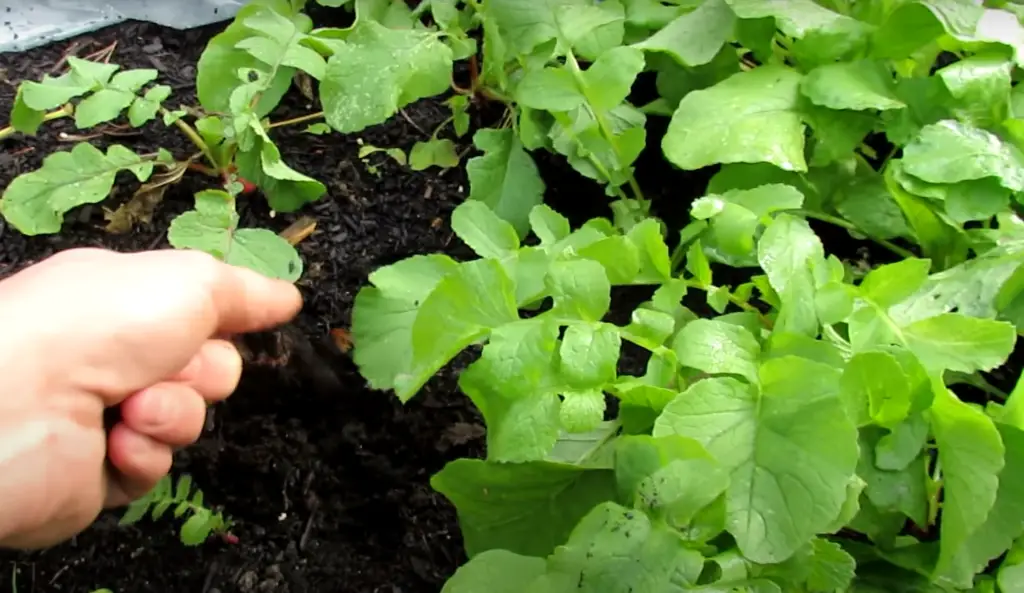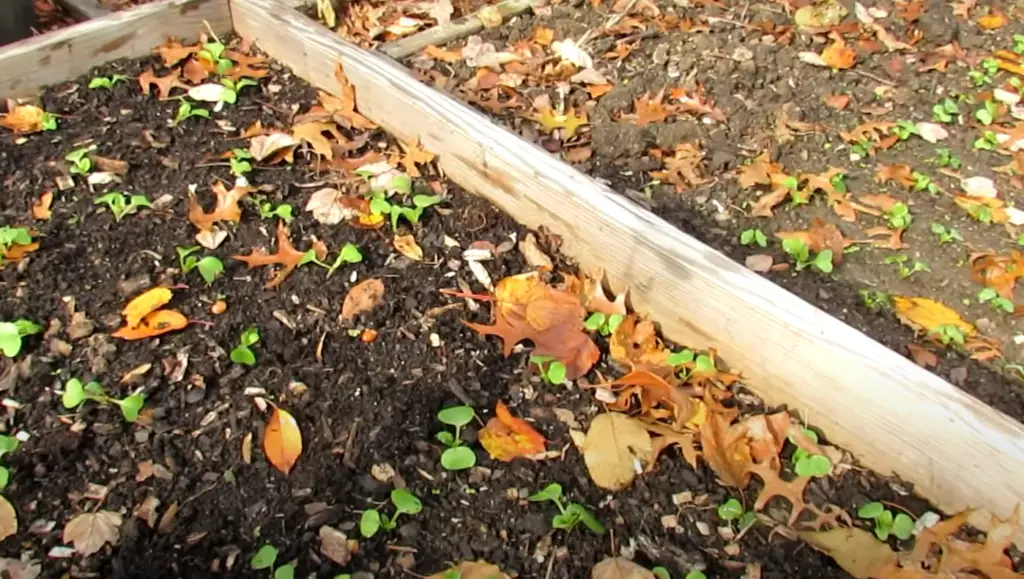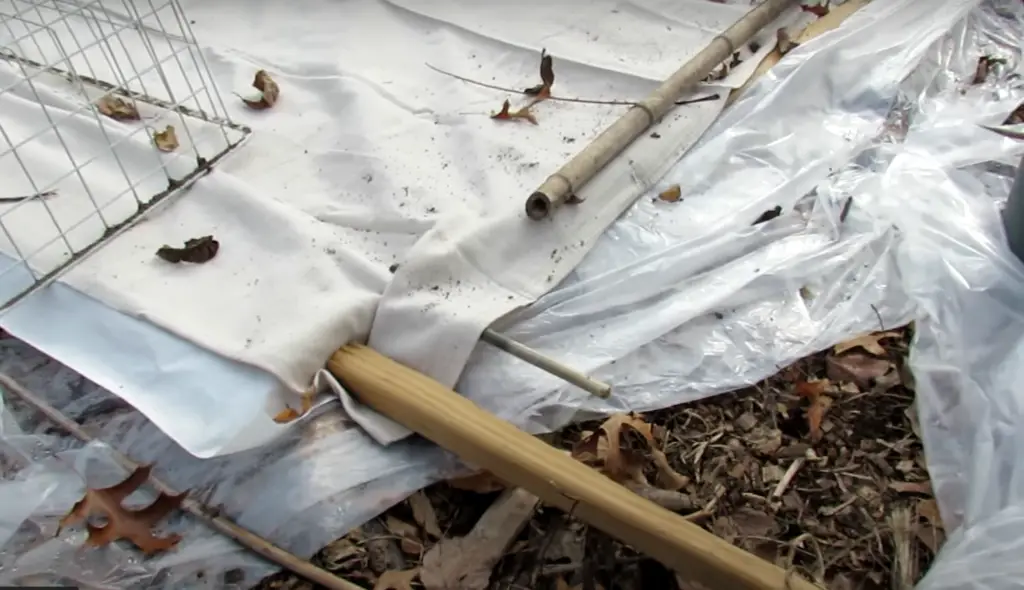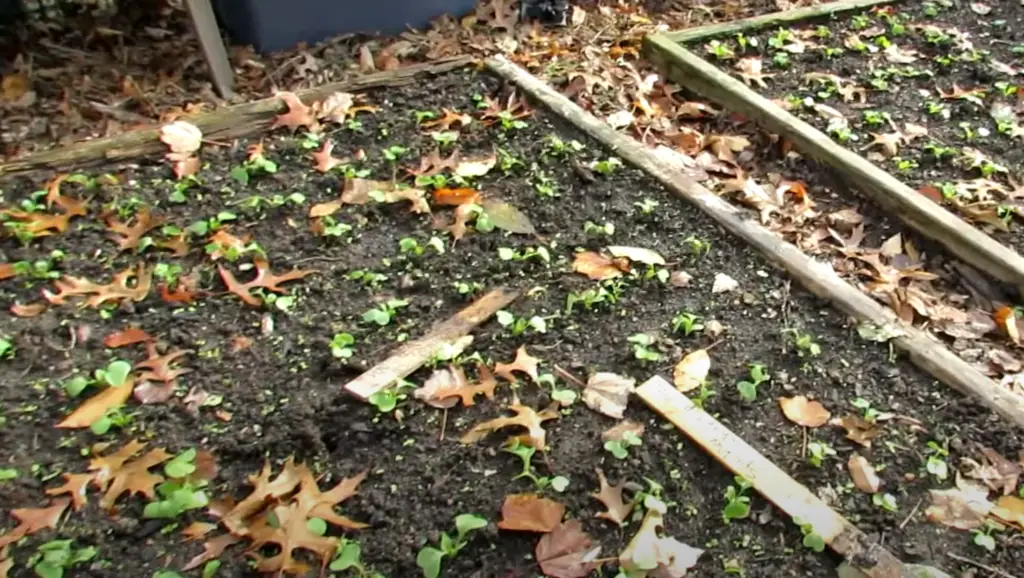It’s that time of year again – winter! For gardeners, this can be a difficult time. One of the main concerns during the winter is about protecting the garden from snow. Heavy snow can damage plants and trees, so it’s important to take some precautions to prevent this from happening. In this article, we will answer common questions and give you some useful tips on how to do it!
Is Garden Snow a Problem?
Garden snow can be a problem for two reasons.
There are a few things you can do for protecting the garden from snow:
- Apply mulch to your garden beds. This will insulate the soil and help prevent damage from freezing and thawing.
- Cover tender plants with a frost blanket or burlap. This will give them some protection from the cold and wind.
- Build a simple structure over delicate plants using PVC pipes and chicken wire. This will provide some protection from heavy snowfall.
Protecting plants from snow damage
Here are some tips to help you keep your garden safe:
Plan ahead
The greatest approach to keep your plants safe from snow is to prepare ahead of time. If you know a snowstorm is coming, take the time to prepare your garden.

Move any potted plants inside and away from windows. Cover sensitive plants with sheets or blankets. And make sure any outdoor furniture is secure so it doesn’t get buried in the snow.
Don’t pile snow on top of beds
When clearing snow from your walkways and driveway, be careful not to pile it on top of your garden beds. The weight of the snow can damage plants, and it’s difficult to remove without damaging the roots.
Avoid hitting plants with flying snow
As you shovel snow, be careful not to hit plants with the shovel. Snow can damage stems and leaves if it is strong enough.
If you have trouble avoiding plants while you shovel, try using a plastic sled or tarp to catch the snow as you shovel it.
Mark the area with stakes
If you have any plants that are particularly sensitive to snow, mark the area with stakes. This will help you avoid accidentally shoveling or piling snow on top of them.
You can also use stakes to mark the edges of your garden beds so you don’t accidentally step on them when clearing snow.
Wrap sensitive plants in burlap
If you have any plants that are particularly sensitive to cold, wrap them in burlap. This will help to insulate them from the cold and protect them from snow damage.

Make sure to secure the burlap so it doesn’t blow away in the wind. And be careful not to tie it too tightly, as this can damage the plant.
Keep salt-laced snow out
When shoveling sidewalks and driveways, be careful not to spread salt-laced snow into your garden. Salt can damage plants, so it’s best to keep it out of the garden if possible.
If you do accidentally spread salt into the garden, flush the area with water to dilute it.
Heavy snow should not be cleared from plants
Plants can be severely damaged if you attempt to clear away heavy snow from them. If possible, wait for the snow to melt before removing it.
Protecting Plants from Heavy Snow
Different plants will have different needs when it comes to protection from heavy snow.
Others, like annuals and tender perennials, are more delicate and need to be covered or brought inside when there’s a chance of heavy snowfall.
Here are some general suggestions for keeping your plants safe from heavy snow:
- Water your plants well before a big storm. This will help them withstand the cold better.
- Cover delicate plants with a cloth or tarpaulin. Make sure the covering is loose so that it doesn’t damage the plant.
- If you can, bring potted plants inside during a big storm.
- After the storm, brush any snow off of your plants carefully.
Evergreens and Snow
As mentioned before, evergreens are more resistant to the cold and don’t need as much protection from heavy snowfall. However, there are still some things you can do to help them weather a storm:
- Wrap the trunk of the tree with a burlap or another type of cloth.
- Tie branches together with string or twine. This will prevent them from breaking under the weight of the snow.
- Place a stake in the ground next to your evergreen. This will give it something to lean on if it gets weighed down by heavy snowfall.
Garden Structures and Snow
Your garden structures, like your fences, sheds, and pergolas, can also be damaged by heavy snowfall. Here are some tips for protecting them:
- Shovel snow away from the base of your fence to prevent it from being pushed over by the weight of the snow.
- If you have a shed or other structure with a roof, make sure there’s no build-up of snow on the roof. The weight of the snow could cause the roof to collapse.
- Check for any loose parts on your pergola or other garden structures. Snow and ice can cause these parts to come loose, so it’s best to tighten them up before a storm hits.
Harvesting in Snow
If you’re lucky enough to have a garden that produces food, you may be wondering if it’s safe to harvest in the snow.

The answer is yes! Just make sure you take some precautions:
- Wear gloves to protect your hands from the cold.
- Be careful not to slip on the ice when you’re walking around your garden.
- If possible, harvest in the morning when the snow is fresh and hasn’t had a chance to melt and refreeze.
How to protect tender perennials from snow
Tender perennials are more delicate and need to be covered or brought inside when there’s a chance of heavy snowfall. Here are some tips for protecting them:
- Water them well before the storm. This will help them withstand the cold better.
- Cover them with a cloth or tarpaulin. Make sure the covering is loose so that it doesn’t damage the plant.
- If you can, bring potted plants inside during a big storm.
- After the storm, brush any snow off of your plants carefully.
How to protect containers from snow damage
If you have plants in containers, there are a few things you can do to protect them from heavy snowfall:
- Bring them inside if possible.
- If you can’t bring them inside, place them on top of something so that they’re not sitting directly on the ground. This will help prevent the roots from freezing.
- Cover them with a cloth or tarp. Make sure the wrapping is loose so that it doesn’t harm the plant. [1]
How to Cover Plants
Here are a few ways you can cover your plants:
Cardboard box
Cardboard boxes are a great way to protect your plants from the cold. Simply take a few cardboard boxes and place them over your plants. Make sure to secure the boxes so they don’t blow away in the wind.
Cardboard boxes can also be used to construct a small greenhouse. To do so, simply cover your plant with the box and attach it with tape or thread. Then, cut some small holes in the top of the box for ventilation.
Plastic milk jug, juice bottle, or soda bottle with the bottom cut out
If you have any plastic milk jugs, juice bottles, or soda bottles with the bottom cut out, you can use them to protect your plants from the cold. Simply place the jug over your plant and secure it with tape or string.
Plastic storage bin
If you have a plastic storage bin, you can use it to create a mini greenhouse. To do this, simply place the bin over your plant and secure it with tape or string. Then, cut some small holes in the top of the bin for ventilation.
Plastic tarp or drop cloth held up with garden stakes or large pots
Simply place the tarp over your plants and secure it with garden stakes or large pots.

Make sure to leave some space for ventilation.
Plastic bag
A plastic bag is one of the most popular ways to protect plants from cold weather. [1]
Comparative Analysis: Protecting Your Garden From Snow
As the seasons change and winter brings its snowy charm, garden enthusiasts face the challenge of safeguarding their cherished plants from the cold and frost. This comparative analysis presents key indicators for different methods of protecting gardens from snow, helping you make informed decisions to ensure your garden’s survival and beauty throughout the winter months.
| Protection Method | Effectiveness | Cost | Complexity | Maintenance |
|---|---|---|---|---|
| Mulching | High | Low | Low | Minimal |
| Row Covers | Moderate | Moderate | Medium | Regular |
| Greenhouse | Very High | High | High | Intensive |
| Anti-Transpirants | Low | Low | Low | Occasional |
| Brushing Snow | Moderate | Low | Low | Regular |
Explanation:
- Mulching: This method involves covering the soil around plants with a layer of organic material, such as straw or leaves. It’s highly effective, cost-efficient, and easy to implement with minimal maintenance required.
- Row Covers: These fabric covers create a barrier between plants and the cold. They offer moderate protection, come at a moderate cost, and require a medium level of complexity and regular maintenance.
- Greenhouse: Highly effective but relatively expensive, a greenhouse provides a controlled environment that shields plants from extreme weather. It requires intensive maintenance and a higher upfront cost.
- Anti-Transpirants: These sprays create a thin protective layer on leaves, reducing water loss and protecting against frost. While cost-effective and simple, they offer low protection and require occasional reapplication.
- Brushing Snow: A manual method involving gently removing snow from plants. It provides moderate protection, is low-cost, and has minimal complexity, but it needs regular attention during snowfall.
The choice of protection method for your garden depends on factors such as the value of your plants, budget, and the time you’re willing to invest. While some methods offer higher effectiveness, they might also require more effort and resources. Assess your priorities and select the method that best aligns with your needs and capabilities.
FAQ
Should I cover my plants if it snows?
It depends on the plant. Some plants are more cold-sensitive than others. If you’re not sure, err on the side of caution and cover them up.
To figure out if your plant is cold-sensitive, check the USDA Plant Hardiness Zone Map. This map shows you what plants can survive in different parts of the country based on minimum temperature ranges.
If you see that your area falls into a lower hardiness zone than your plant, then it’s a good idea to take some precautions. For example, you might want to bring potted plants inside or build a temporary shelter for them. [3]
Here are some general guidelines:
- If snow is in the forecast and temperatures are expected to dip below freezing, it’s a good idea to take some precautions.
- Check the USDA Plant Hardiness Zone Map to see if your plant is cold-sensitive.
Will a sheet keep plants from freezing?
One of the most common questions we get asked is whether or not a sheet will keep plants from freezing. The answer is yes, but it depends on how you use it. If you simply drape the sheet over your plants, it won’t do much to protect them from the cold. However, if you secure the edges of the sheet to create a sort of mini-greenhouse, then your plants will be much better protected.
Another option is to use a frost cloth. Frost cloth is a lightweight fabric that can be found at most hardware stores. It’s designed to protect plants from frost damage and can be used in a similar way to sheets. Simply drape it over your plants and secure the edges. [4]
What can I put in my garden to protect it from frost?
There are a couple of things you can do to help your plants weather a frost. One is to water them thoroughly the day before a forecasted freeze. This extra moisture will help insulate the roots and keep them from drying out and dying. You can also cover your plants with something like a tarp or old sheets to give them an extra layer of protection from the cold air. Finally, if you have any particularly delicate plants, you can bring them inside overnight to make sure they don’t get too cold. [5]
What are some effective methods to prevent snow damage in my garden?
To safeguard your garden from snow, you can employ techniques like mulching, creating windbreaks, and using burlap wraps around sensitive plants.
Is it necessary to prune my plants before the winter to protect them from snow?
Yes, pruning can help prevent snow accumulation on branches and reduce the risk of breakage during heavy snowfalls.
Can I use anti-desiccant sprays to protect my plants from snow-related damage?
Yes, anti-desiccant sprays can provide a protective layer that reduces moisture loss from plant leaves, helping them withstand the harsh winter conditions.
How do I properly apply mulch to shield my garden from snow and cold?
Apply a layer of mulch around the base of plants, leaving a small gap to prevent direct contact with stems. This will help insulate the soil and regulate temperature.
What materials can I use to create effective windbreaks for my garden?
You can utilize materials like burlap, snow fences, or even evergreen shrubs to create windbreaks that shield your garden from strong winds and drifting snow.
Should I remove heavy snow buildup from my plants, and if so, how?
Yes, gently brush off heavy snow from plant branches using a broom or your hand to prevent breakage. Start from the bottom and work your way up.
Are there specific plant varieties that are more resilient to snow and cold weather?
Yes, some plant species, like evergreens and cold-hardy perennials, are better equipped to withstand snow and cold temperatures. Choosing these varieties can reduce snow-related damage.
Can I use burlap wraps to protect my plants, and how do I apply them?
Burlap wraps can be used to shield plants from snow and wind. Wrap burlap around the plant and secure it loosely to allow for air circulation while providing protection.
Is it advisable to water my garden before an expected snowfall?
Yes, watering your garden before a snowfall can help insulate plant roots and provide moisture that will be gradually released as the snow melts.
How can I protect young or delicate plants in containers from snow damage?
Move potted plants to sheltered areas, like a covered porch or garage, and surround them with insulating materials such as straw or bubble wrap to shield them from snow and cold.
Useful Video: 5 Ways to Protect Plants From Frost and Freezing Weather
Conclusion
So, there you have it! Our comprehensive guide to protecting your garden from snow. We hope you found this article helpful and that you now feel better equipped to keep your garden safe during the winter months. We’re happy to help in any way we can. Happy gardening!
References:
- https://www.growveg.com/guides/protecting-plants-from-snow/
- https://www.thespruce.com/protecting-garden-from-late-season-snow-3979601
- https://www.growveg.com/guides/protecting-plants-from-snow/
- https://wenkegardencenter.com/cover-plants-frost-protection/
- https://www.ruralsprout.com/protect-plants-from-frost/









Leave a Reply
View Comments